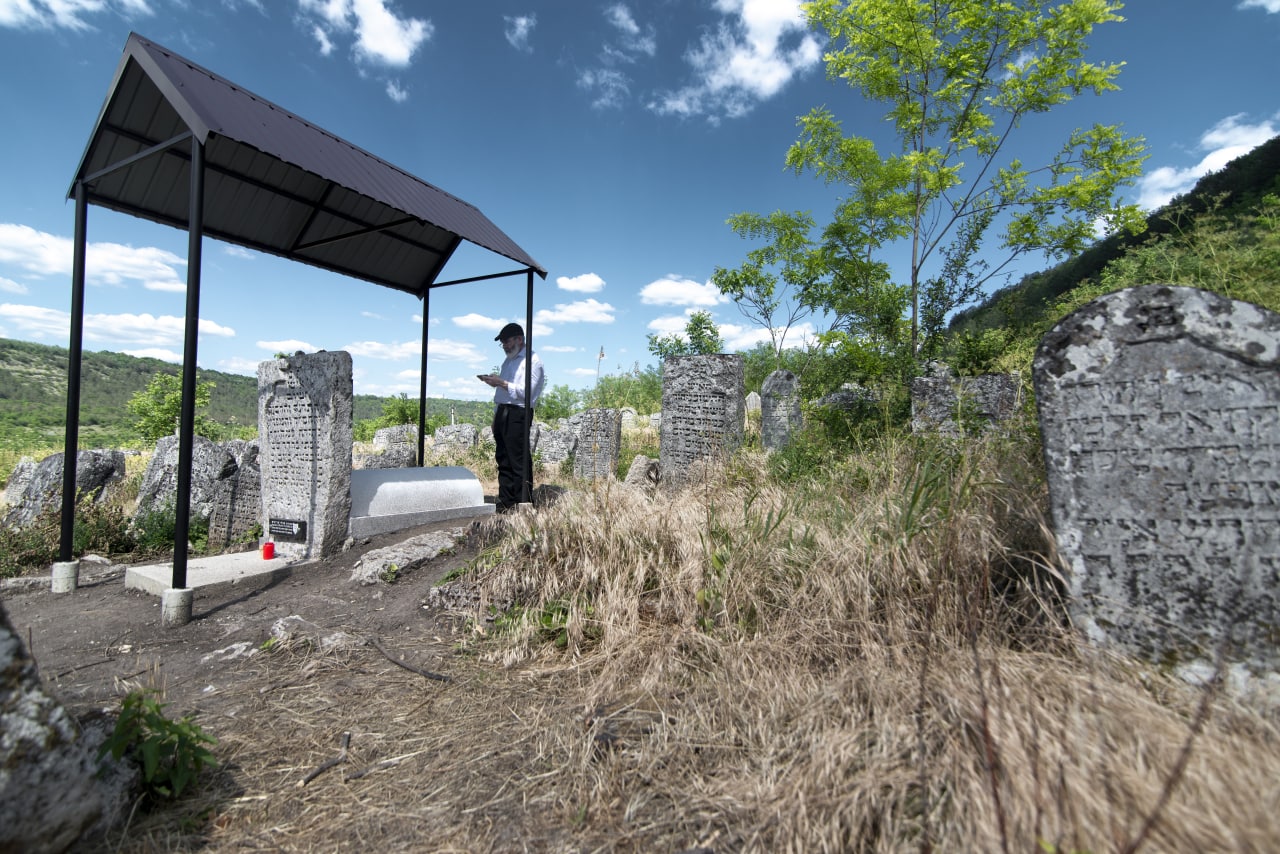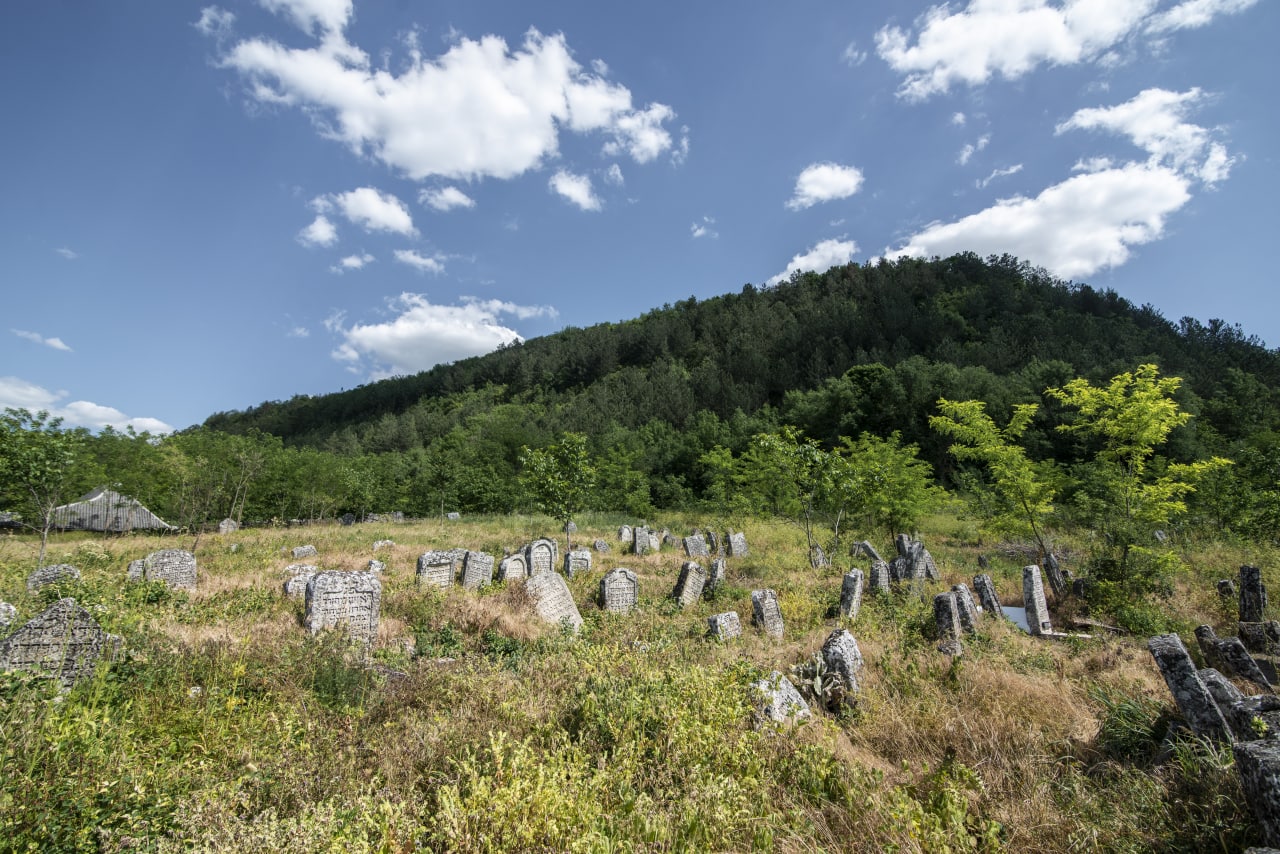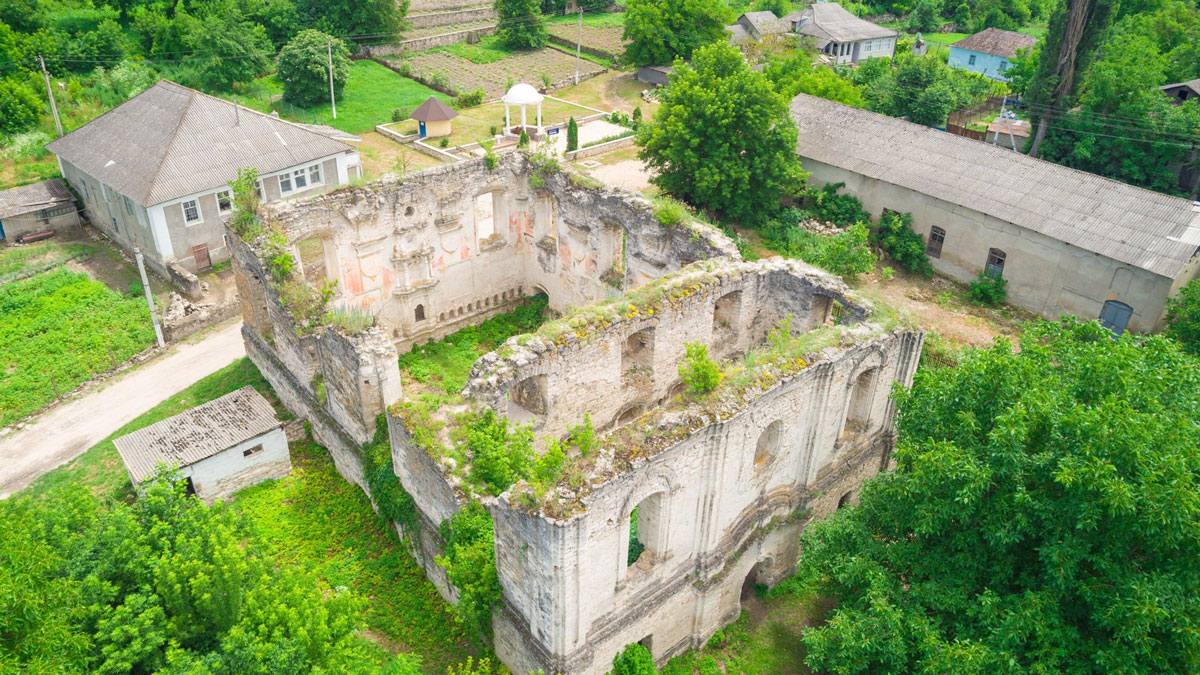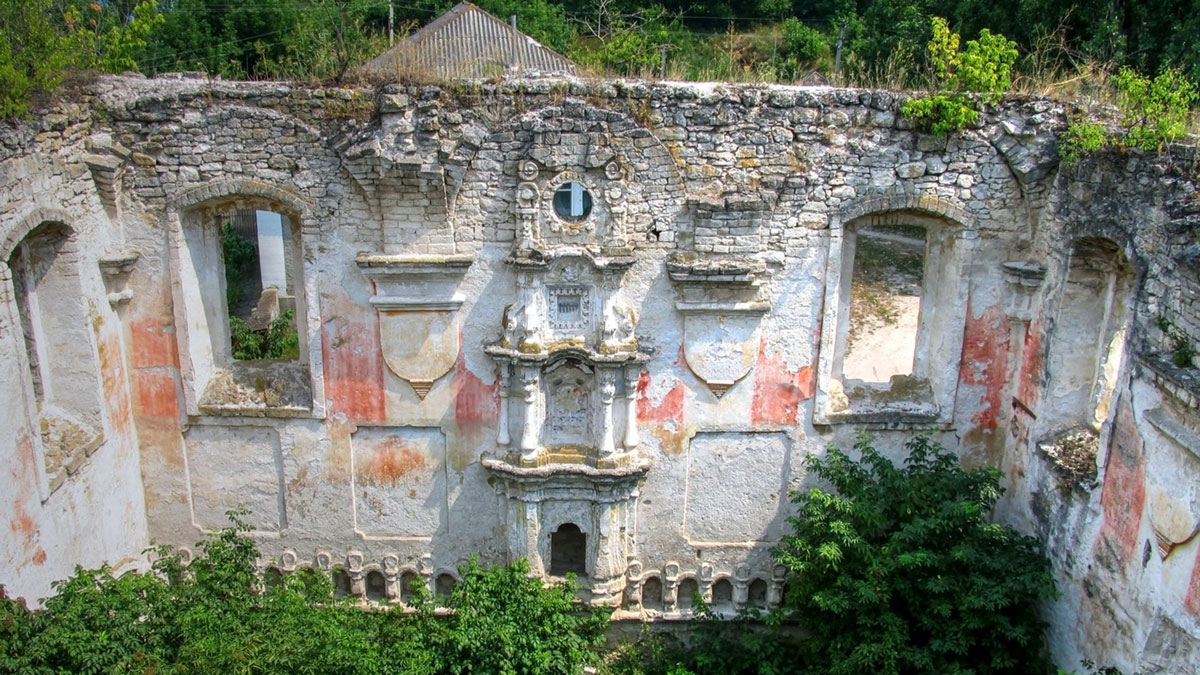Jews in Transdniestria
Just over 100 years ago, almost a third of Tiraspol's population were Jews. There were no fewer of them in other settlements of Transdniestria. Factory owners, merchants, shopkeepers, traders, financiers, musicians, writers - the contribution of Jews to the economy and culture of the region is difficult to overestimate.Jews have lived in the territory of Transdniestria for a long time. They lived mainly in ancient cities. Quite a few Jews came to our lands together with the Romans already in the 1st century AD. Archaeological excavations near the ancient city of Tire, located on the right bank of the Dniester estuary since the 6th century BC, serve as evidence of this. Jewish burials were discovered on the site of this city.
Subsequently, during the barbarian invasion in the 4th-5th centuries AD, most of the Jews left these places.
However, the Transdniestrian land, located at the intersection of important trade routes, continued to be attractive to Jewish merchants, as mentioned in documents from the 12th century.
At the beginning of the 16th century, a mass migration of Ashkenazi Jews to our territory began – people from Germany, Poland and Lithuania.
Jewish communities Transdniestria
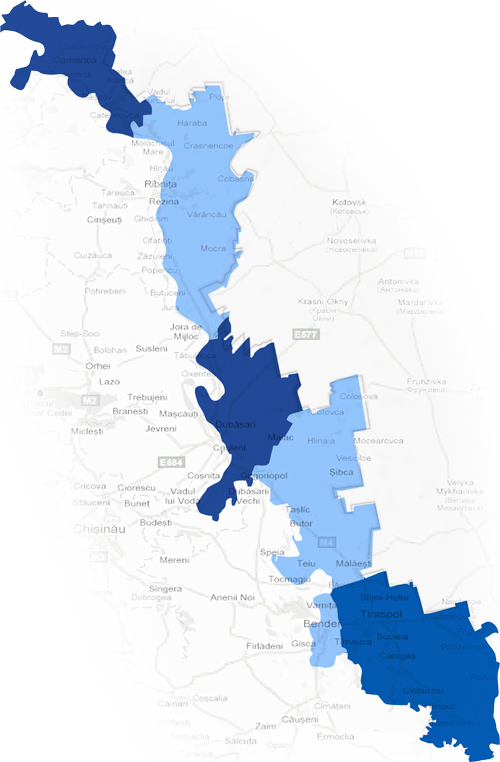
Your tooltip content goes here
Your tooltip content goes here
Your tooltip content goes here
Your tooltip content goes here
One of the oldest settlements in Transdniestria is the village of Rashkov. It was founded in 1600 as a defensive border town of the Polish-Lithuanian Commonwealth. The first mention of Jews in Rashkov dates back to the second quarter of the 17th century. In the central part of the village, the walls of an ancient Hasidic synagogue built in the second half of the 18th century have been preserved. Rabbi Yakov-Yosef, the author of the first Hasidic book, the closest disciple of Beshta, the founder of the Hasidic movement in Judaism, preached there. At this time, Rashkov became the center of spiritual life for a large Jewish community. The residence of the Hasidic rebbes of the Rashkov dynasty is located here.
In the early 1930s, during an anti-religious campaign, the synagogue's vaults were destroyed. It has not been restored to this day. Beshta taught "that every person lives in a mirror room, in which other people are his own reflection, only in different projections: a deceiver, a thief, a flatterer, or a kind-hearted person."
Rashkov was one of the oldest Jewish settlements in Transnistria, with about 2,000 Jews (about half of the total population) living in Rashkov before World War II.
Historically, Rashkov belongs to Podolia, and the Jews of Rashkov were an integral part of the Jews of Podolia.
In Rashkov, two Jewish cemeteries have been preserved, one of which dates back to the beginning of the 20th century, and the second, older one, with numerous tombstones from the 18th–19th centuries.
Places and objects
In the works of researchers of our region, one can find statements that in the middle of the 17th century, Jewish settlements were attacked by the Cossacks of Bohdan Khmelnitsky, and then by his son Timofey. However, the appearance of Jews in many places in Moldova and Transdniestria, where they had not been at all before, also dates back to this time, since their resettlement throughout this territory occurred simultaneously with emigration.
The main flow of Jews rushed to Transdniestria in the 70-90s of the 18th century after the partition of Poland (Rzeczpospolita) between Russia, Prussia and Austria.
After Transdniestria became part of the Russian Empire, our region was included in the Pale of Settlement and, thus, the Jewish population of the region grew rapidly. Jews came here from Poland, Ukraine, Belarus and other European countries.
Transdniestria, and later Bessarabia, to which Transnistrian Bendery and its surrounding villages belonged at that time, differed from other regions of the Russian Empire in their more loyal attitude towards Jewish communities, Jews and their culture. At least, during the 19th century, there were no pogroms in this territory. In addition, Jewish agricultural colonies arose and existed on the territory of Transdniestria and Russian Bessarabia. This phenomenon, unique for the Russian Empire, allowed Jews to engage, and in many cases quite successfully, in tobacco growing, agriculture, processing agricultural products, growing new varieties of grapes, etc. One of such colonies existed in the Bendery district in the 30-50s of the 19th century.
The Jewish population was involved in most spheres of activity: businessmen, artisans, traders, workers, people of the liberal professions – they made their contribution to the economic and cultural development of the region. Synagogues and prayer houses, charitable societies, hospitals and gymnasiums, melameds and pharmacists, editors and photographers, musicians and artists – this is what Jewish life in Tiraspol and Bender consisted of.
The isolated position of the Jewish population, closed to non-believers, contributed to the preservation of traditions and culture. Compact living virtually eliminated the possibility of assimilation and made mixed marriages extremely rare. Children from Jewish families studied in a public primary school and at the same time in a cheder, where they studied Hebrew and the basics of Judaism. Community projects were supported by funds from the Jewish population.
In total, about 40 thousand Jews lived on the territory of the MASSR, which was part of Soviet Ukraine from 1924 to 1940, according to some sources. The repressions of the 1930s in the USSR also affected the Jewish population of the MASSR. About 20% of the Jewish population of the region suffered from them.
In 1940, after Bessarabia was annexed to part of the MASSR and the Moldavian SSR was formed, there were about 300,000 Jews in the republic.
The first post-war census was conducted in 1959. According to its data, 96,000 Jews lived in the MSSR. To a large extent, these were those who survived the war, returned from evacuation and from state camps. Moldova had a very high percentage of Jewish population in relation to all the Soviet republics.
According to the 1970 census, about 100,000 Jews lived in the MSSR. Subsequently, the share of the Jewish population in the total population of Moldova was constantly decreasing. Thus, according to the 1989 census, there were already 65,800 Jews left in Moldova. After the collapse of the Soviet Union and until the beginning of the 21st century, all data on the Jewish population of Moldova are mainly estimated.

